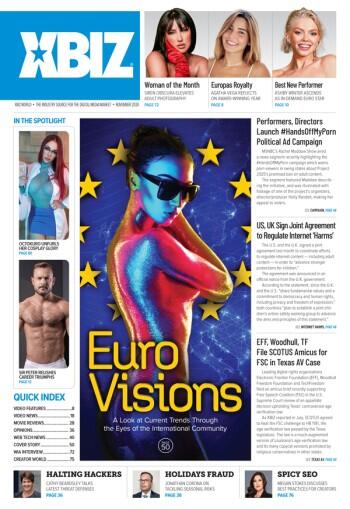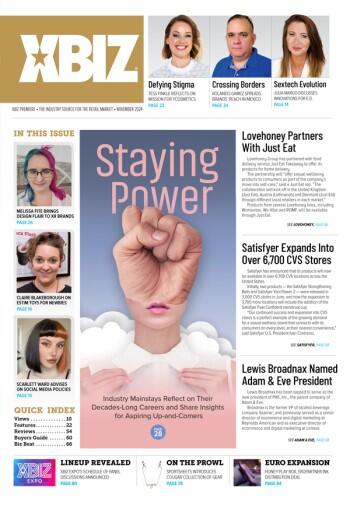The Windows Media Player DRM crack called "Freeme" strips off the piece from the WMA or WMV file that prevents copying the file. This is extremely bad news for Microsoft, because they had some deals going with movie studios and record labels in order to get Windows Media Player used as a standard in digital media distribution online.
Microsoft's DRM2 software does allow copy-protection upgrades, so files that were previously locked with WMP technology can be unlocked, and then re-locked. New files can also contain these new copy-protections, but still these locks will eventually be cracked as well.
Flash Video Stream offers studios an alternative way to protect movies using Macromedia Flash technology, a sophisticated media delivery platform that is emerging as a sleeping giant which Microsoft recently tried to buy for over $6 billion and was turned down. This secure and versatile alternative allows complete customization of the player and user interface, with 15 different player designs currently available.
Flash Video Stream has developed a proprietary streaming media delivery system based on Macromedia Flash that authenticates the user, and only then will the movie connect. The file format has no operating system player to view the file with, so even if a hacker found the file they could not play or share it. The user has to be authenticated by the session ID when the user ID was created. This session ID is inserted at random; the eye can't see it, but if copiers want to actually screen capture the movie then the user ID can be traced to the offender and the offender can be prosecuted.
File Format Facts
Macromedia Flash is the world's most pervasive software platform, used by over 1 million programming professionals and reaching 98% of Internet-enabled desktops worldwide as well as a wide range of devices. For video applications, the file format is Flash FLV or Flash Live Video, and it plays in a Flash Player.
The method of delivery is indicated in the name: Traditional methods of media delivery include some kind of download to the user computer, either in a pre-loader or as a temporary Internet file. Flash MX Communications server and a Flash FLV Player connect in a completely different manner. Simply put, it's a new connection to the file each time the user uses the controls in the player. This means that in the background, it's operating in a "start here", "stop here", "start again here" style of play, with no downloads or file caching.
As Digital Rights Management and the protection of online content becomes ever more important, the battle over ways to enable this protection will undoubtedly heat up. While many content publishers have focused on Microsoft's DRM solutions, alternative platforms such as Flash FLV present some compelling points for consideration.







